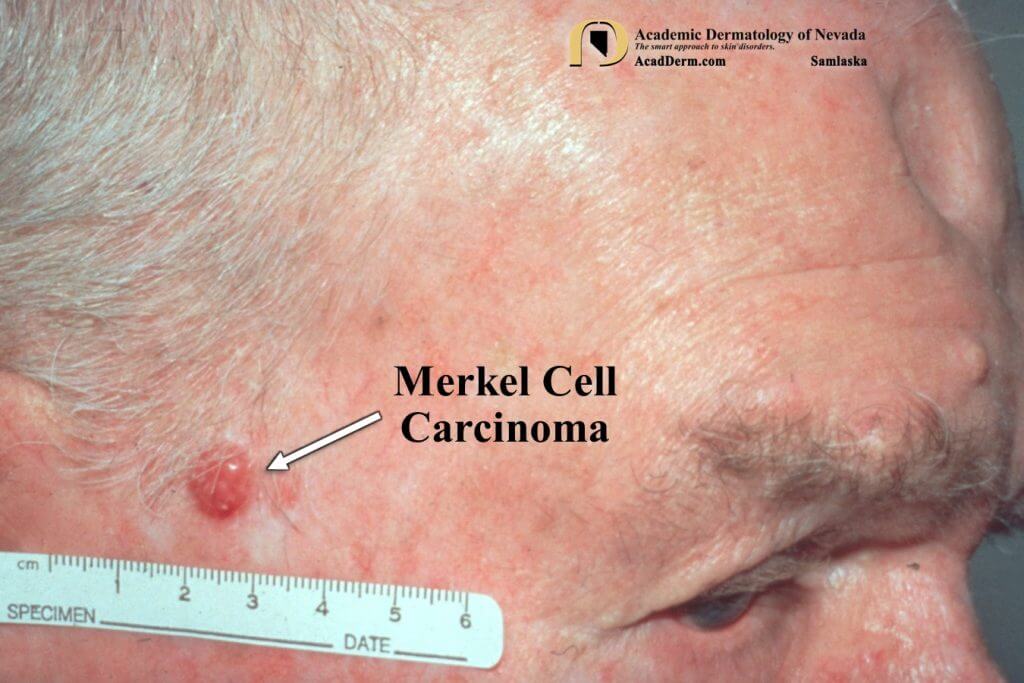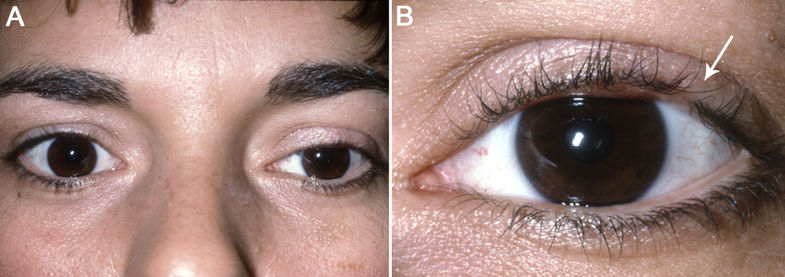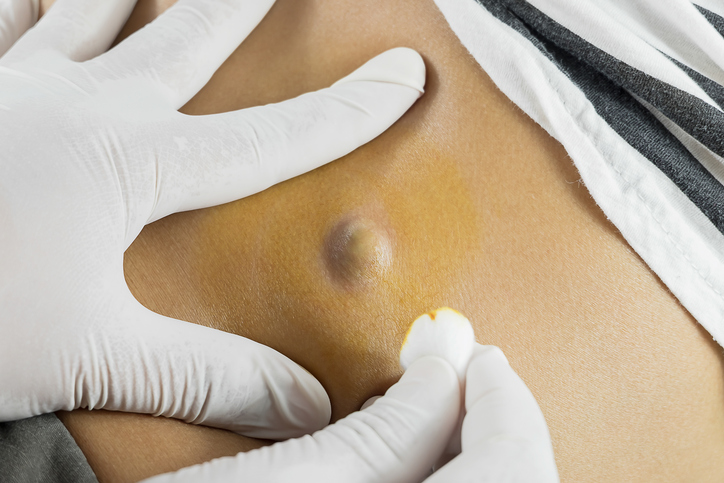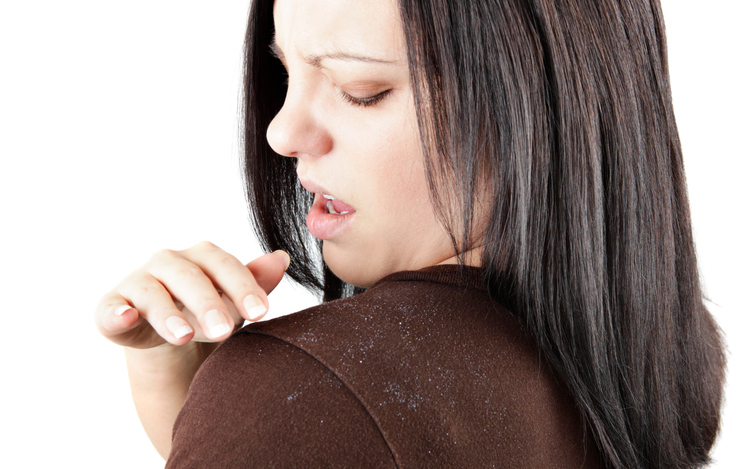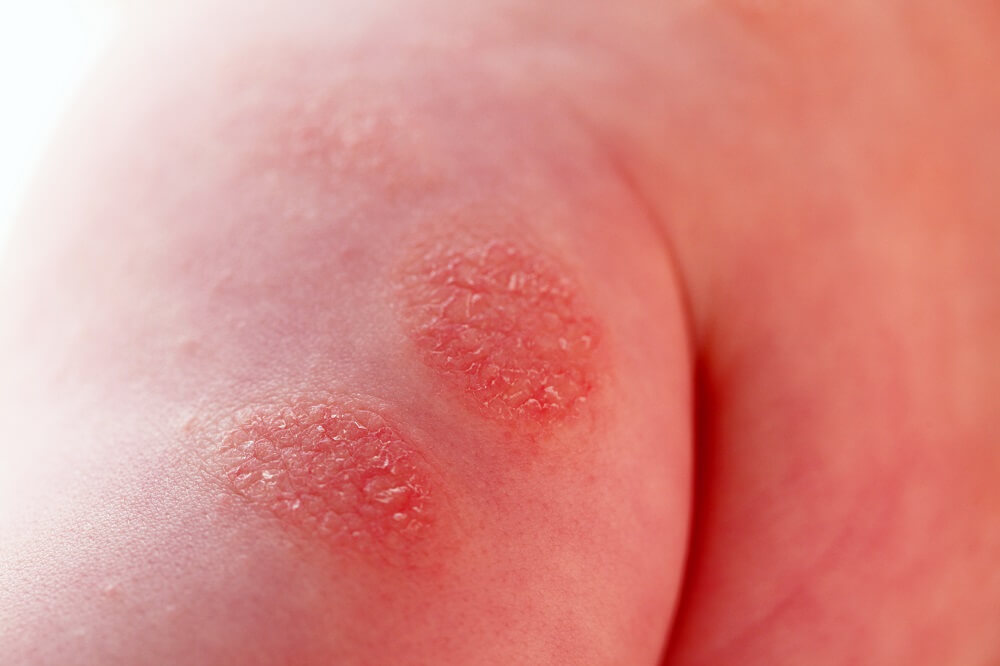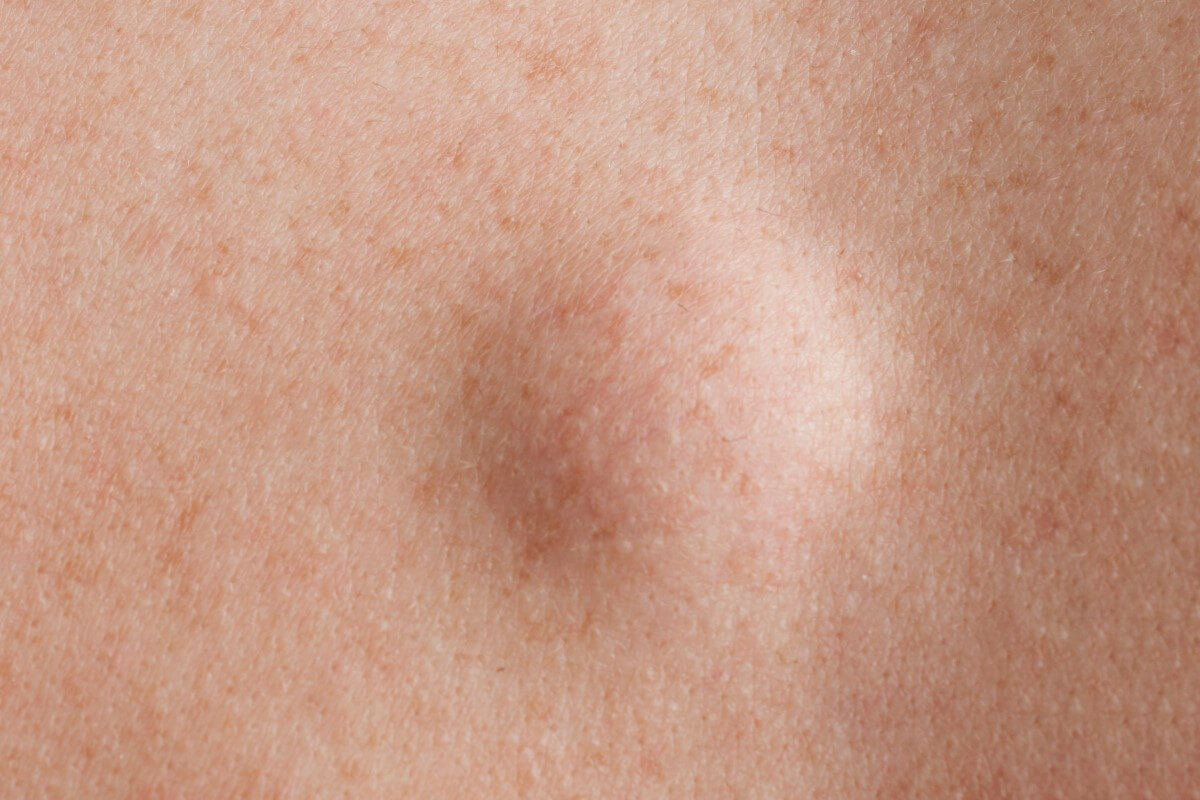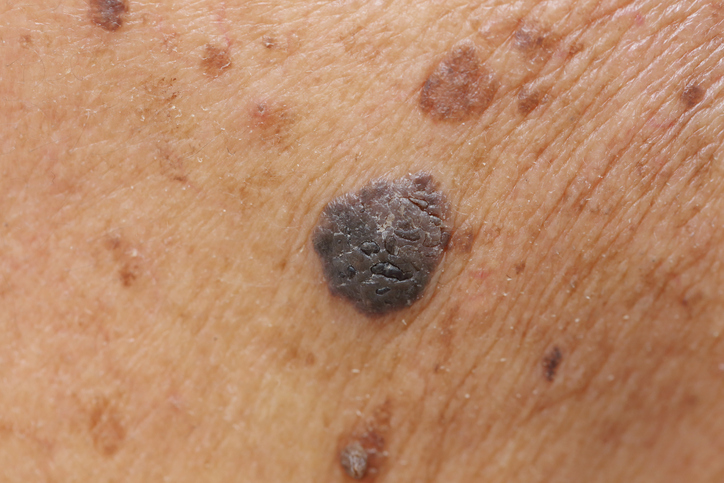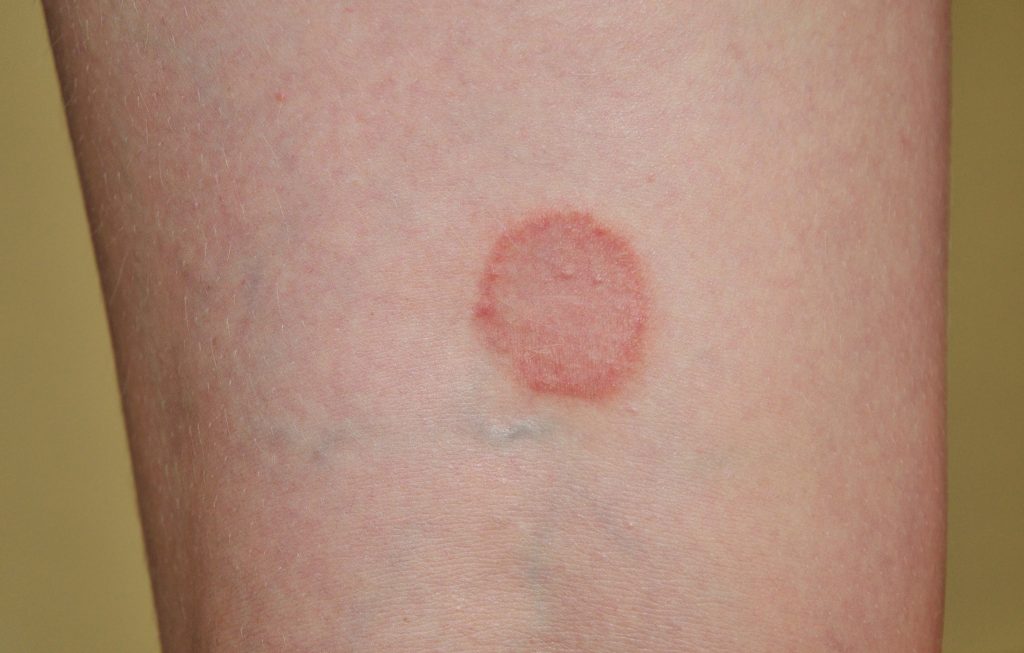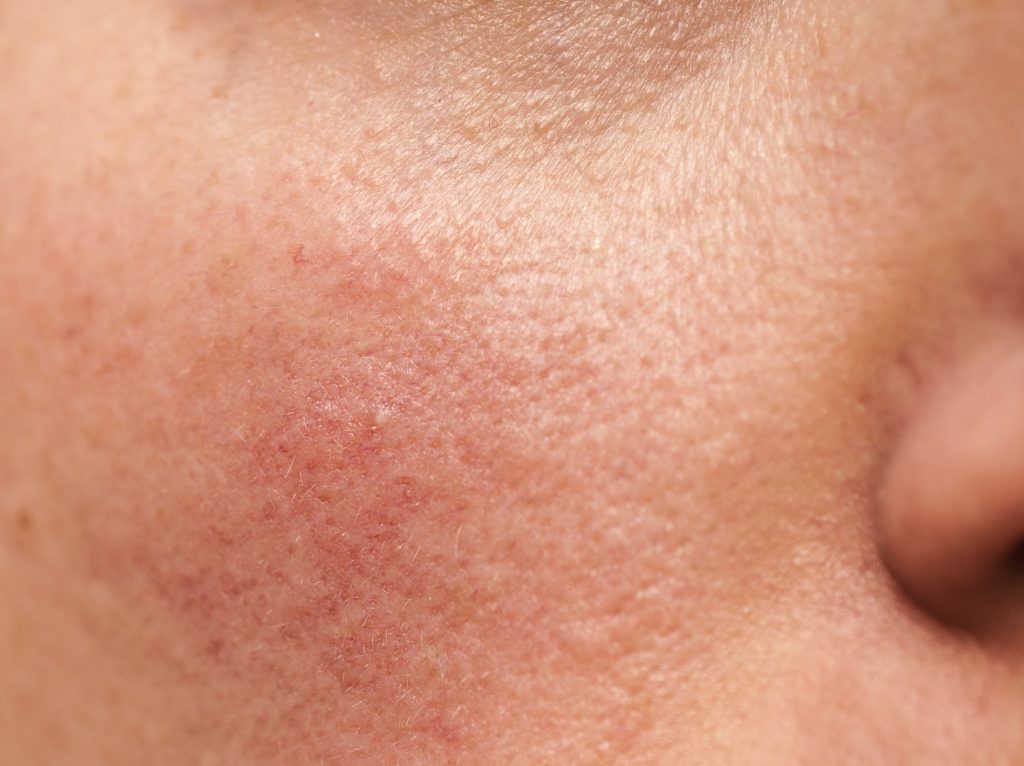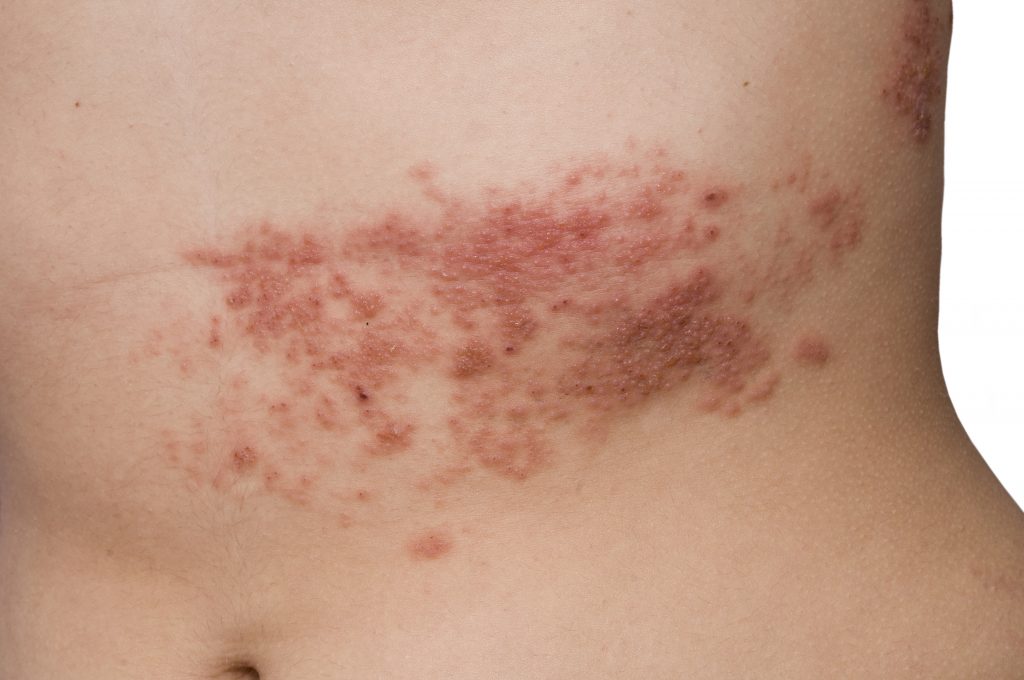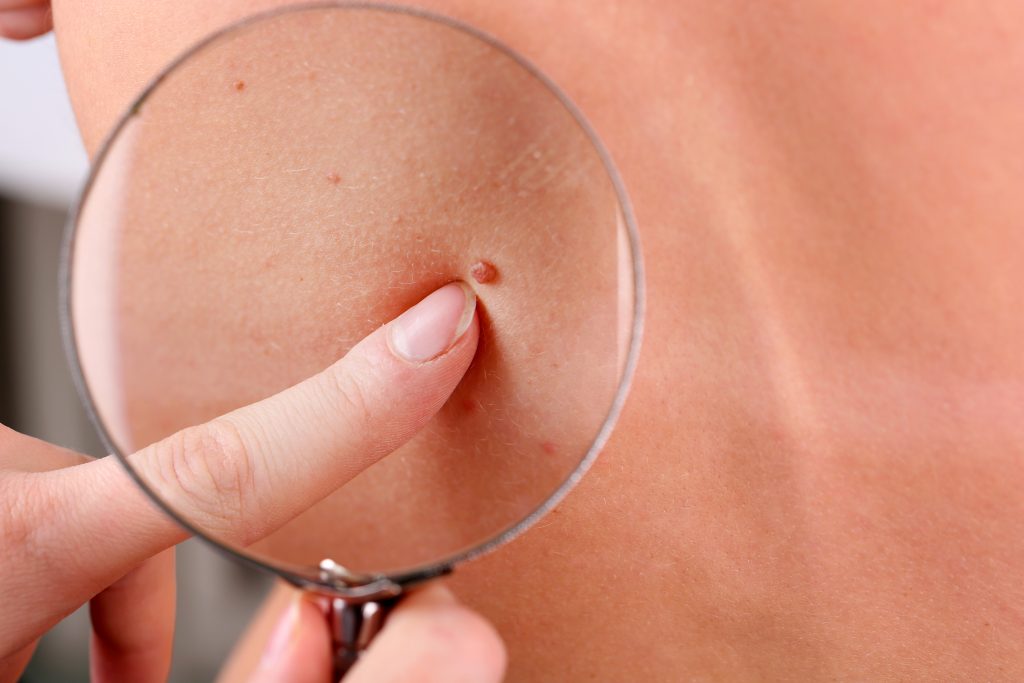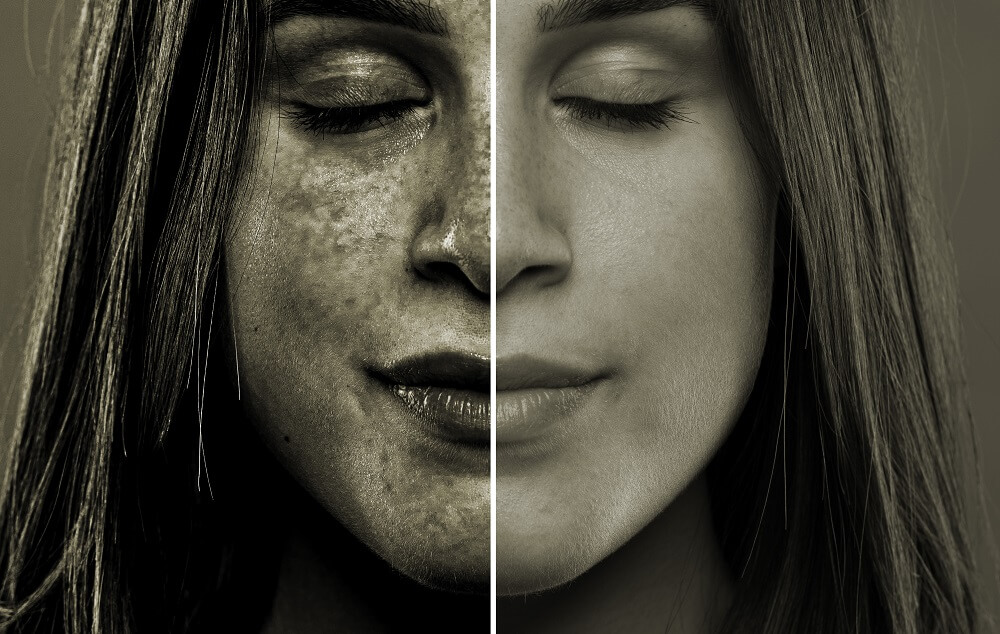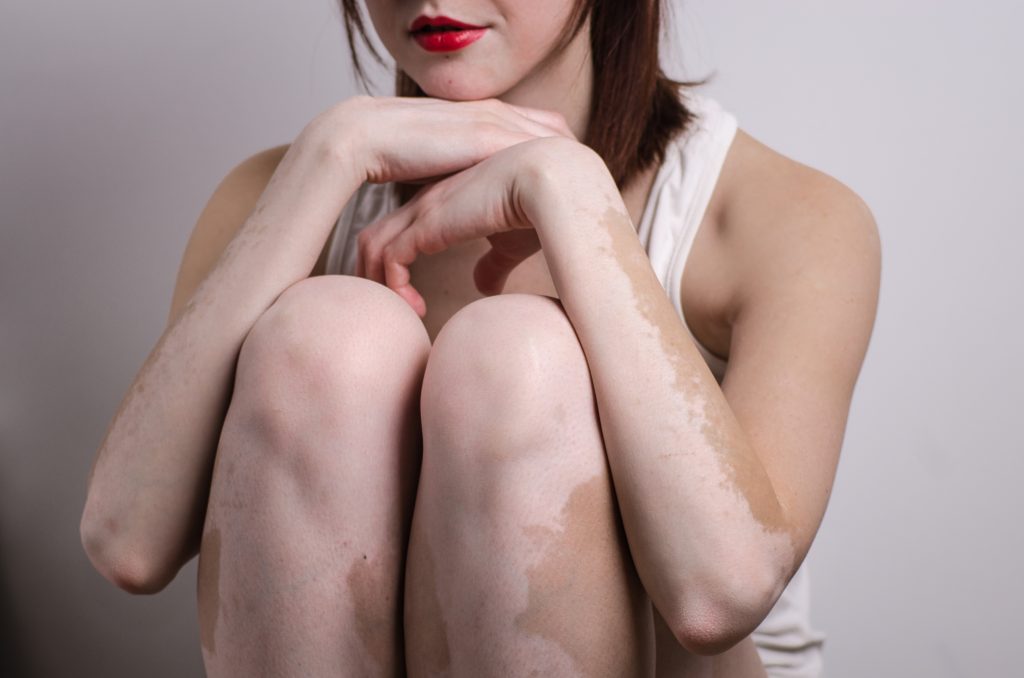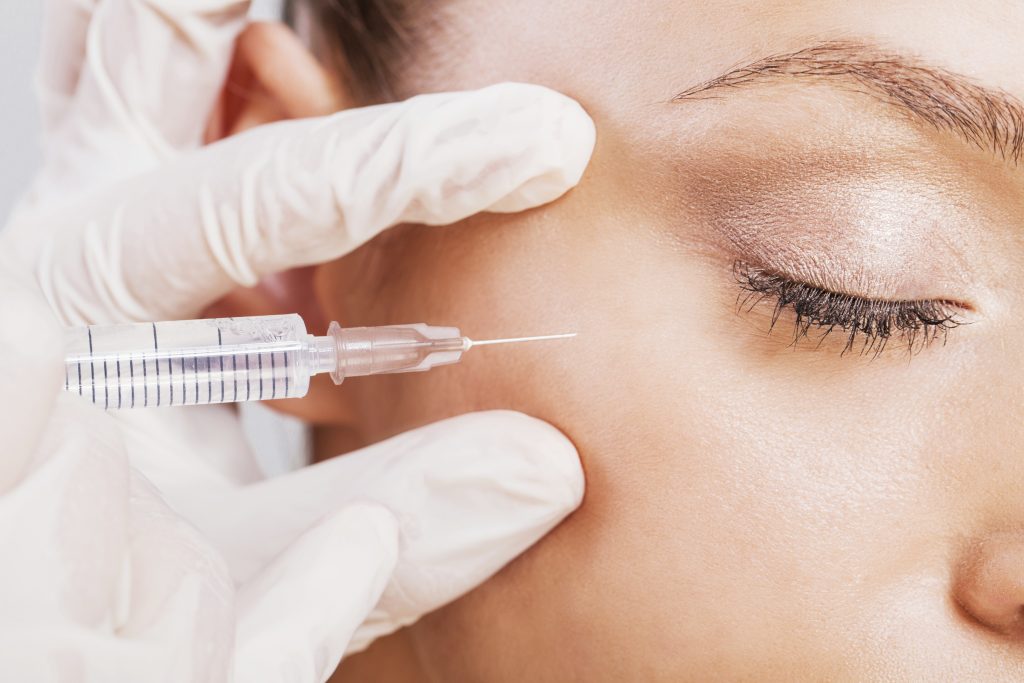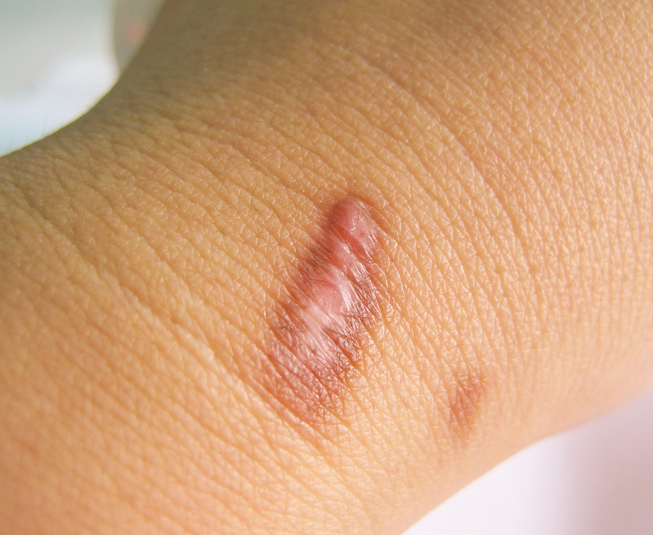Anna “Anya” Kryuchina is a board-certified physician assistant specializing in dermatology. She was born in Russia, and after completing her undergraduate studies in Arizona, she spent several years living in Canada before moving back to the desert. Her formal PA education was completed in Buffalo, NY, where she received her master’s in physician assistant studies, graduating with cum laude honors.
Anya is a Diplomate Fellow and an active member of the Society of Dermatology Physician Assistants (SDPA), the Phoenix Dermatologic Society (PDS), and the Arizona Dermatology Physician Assistant Society (ADPAS). She is passionate about her career in dermatology and working closely with patients to achieve their health goals. Anya’s master’s thesis on melanoma detection among skin cancer patients was recognized at the American Academy of Physician Assistants conference in Las Vegas, NV. She is the founder and editor of a PA education forum that focuses on high-quality clinical medicine and networking with other clinicians.
Anna “Anya” Kryuchina, PA-C, provides care in Goodyear, Arizona, and is currently accepting new patients. Contact our office today to request an appointment.
Specialties and Affiliations
- Society of Dermatology Physician Assistants
- Phoenix Dermatologic Society
- Arizona Dermatology Physician Assistant Society






